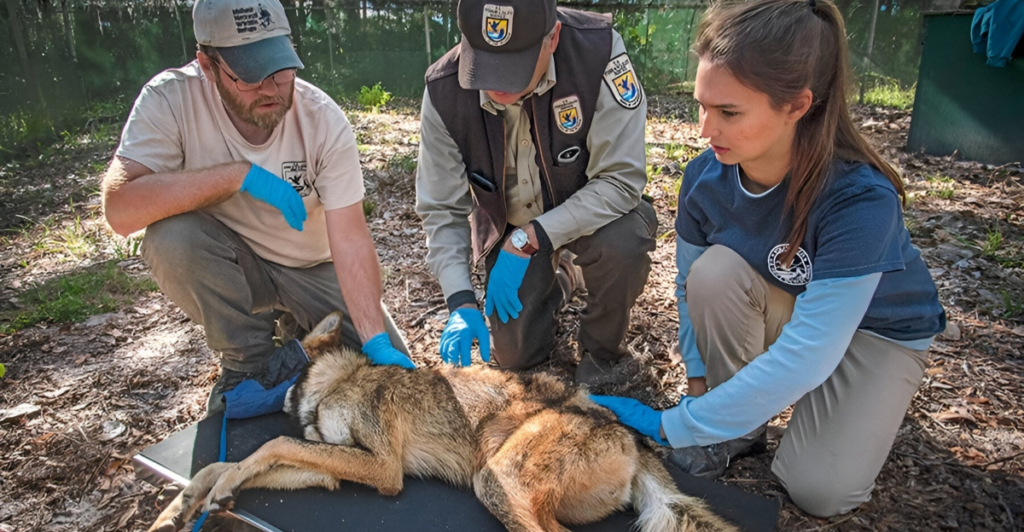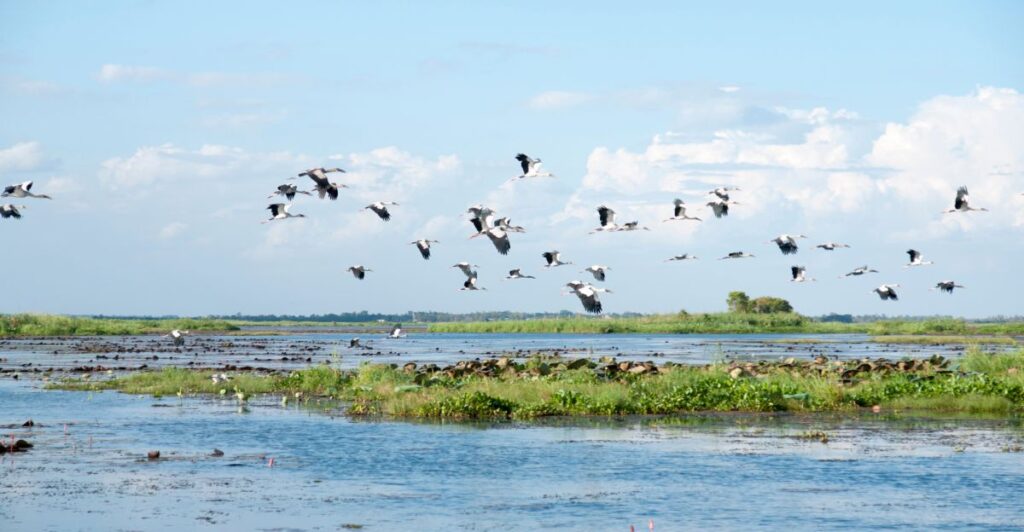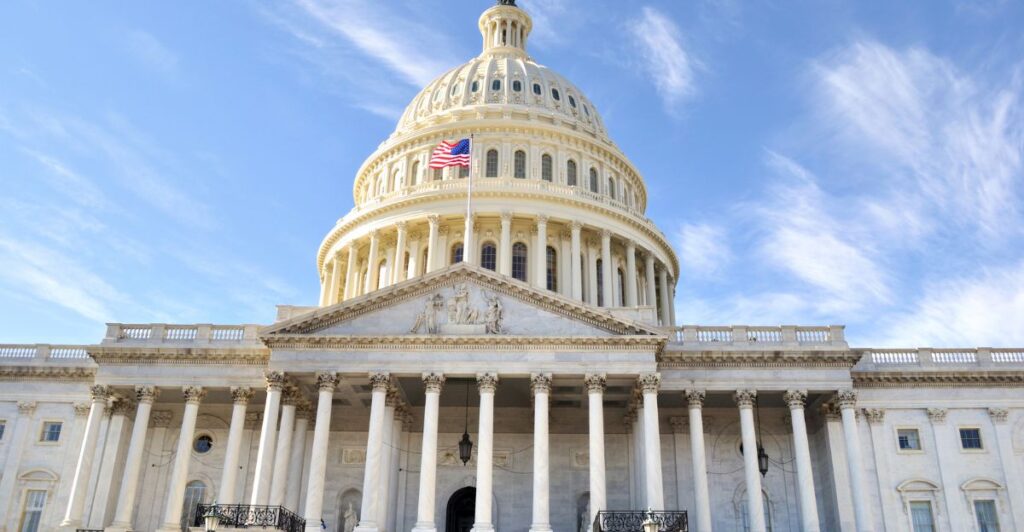
Recent reforms by the government of the United States have created significant challenges for hunters, anglers, and wildlife researchers. Sweeping staffing cuts, budget freezes, and executive orders have disrupted conservation infrastructure that took decades to construct. Agencies such as the U.S. Fish and Wildlife Service (USFWS) and National Park Service are facing severe workforce reductions — up to 30% in some cases — hindering their ability to manage wildlife habitats and implement regulation. Delays in conservation funding mechanisms, like Pittman-Robertson and Dingell-Johnson funds, put critical state-level programs in jeopardy. These reforms risk undermining not only conservation efforts but also hunting, fishing, and outdoor recreation industries that contribute billions of dollars each year to rural economies.
New Reforms

The American conservation framework has been developed over the course of more than a century and through bipartisan leadership focused on protecting natural resources in a manner that supports outdoor recreation.
Landmark initiatives, such as the National Wildlife Refuge system and funding mechanisms like Pittman-Robertson, have successfully bridged the gap between habitat protection and economic development.
However, recent reforms threaten to unravel this legacy. For example, staffing cuts at refuges like Oregon’s Klamath National Wildlife Refuge have limited their ability to manage water resources important to migratory birds, hunters, and anglers. These changes echo earlier periods of neglect in conservation history but on a much larger scale.
Impact on Hunters and Anglers

Hunters and anglers are among the hardest hit by these reforms. Federal conservation funding delays mean less money for habitat restoration, public land acquisition, and hunter education programs.
Without timely funding, state agencies may be forced to cut back on services like stocking programs or access improvements. This has direct implications for hunting and fishing opportunities, reducing the availability of game species.
Moreover, delays in providing federal funding could ultimately force the closing of indoor and outdoor shooting ranges, facilities critical for outdoor enthusiasts.
Implications for Wildlife Researchers

These reforms leave wildlife researchers with a grim outlook. Grants for cooperative research that pay for university-led conservation studies have been suspended or cut altogether.
This derails important research into endangered species and habitat management strategies. Due to budget cuts, work on the recovery of the black-footed ferret—a species already on the brink of extinction—has been stalled. Without robust scientific data, long-term conservation planning is nearly impossible, leaving ecosystems vulnerable to degradation.
Economic Ripple Effects

The economic ripple effect of these reforms reaches well beyond conservation agencies. The outdoor recreation industry contributes over $887 billion annually to the U.S. economy, supporting millions of jobs in rural communities.
Staffing cuts at national parks and wildlife refuges will limit visitors, jeopardizing gateway economies that depend on tourism dollars. Moreover, delays in federal payments owed to contractors working on habitat restoration projects could lead to job losses in private sectors linked to conservation efforts.
Second-Order Effects on Ecosystems

The ecological effects of these reforms are profound. Reduced staffing at wildlife refuges means fewer people to manage invasive species or conduct prescribed burns that keep habitats healthy.
For example, waterfowl populations dependent on managed wetlands may decline due to poor water management at refuges such as Klamath. However, over time, these disruptions have the potential to create cascading effects through ecosystems that encompass loss of biodiversity and increased susceptibility to the impacts of climate change.
Executive Orders’ Role

Executive orders aimed at deregulation exacerbate these issues by prioritizing energy development over environmental protection. For example, under Executive Order 14156, enforcement of the Endangered Species Act can be suspended for energy projects, jeopardizing decades of conservation progress.
Similarly, EO 14192 mandates the repeal of existing regulations when new ones are proposed, creating an unstable regulatory environment that also hinders long-term wildlife management planning.
Challenges for Advocacy Groups

These reforms put conservation organizations in a precarious situation. Many groups depend on federal grants, which are now delayed by bureaucratic red tape or keyword-based audits that target terms like “biodiversity.”
Advocacy efforts are complicated by the administration’s resistance to public criticism; organizations risk losing funding if they openly challenge these policies. This forces them to strike a delicate balance between maintaining their mission and obtaining resources.
Contrarian Viewpoints

Although advocates claim that streamlining government functions improves efficiency, opponents reveal the lack of foresight of such reforms. The cuts to staff and freezes on funding have been sudden and chaotic rather than efficient.
Even self-funded programs like Pittman-Robertson are being undermined despite having no impact on the federal deficit. This begs the question of whether these changes objectively benefit the public or reflect short-term political agendas.
A Watershed Moment

The current wave of reforms is a watershed moment for U.S. conservation efforts. The dismantling of institutional knowledge and infrastructure risks undoing decades of advances in wildlife management and outdoor recreation access.
Without an immediate corrective response, hunters, anglers, researchers, and rural communities will be the ones most affected by these changes.
There is a good chance that these dramatic reforms harbored unintended consequences for conservation systems around the globe, and it is imperative for policymakers to take notice of these failures before more irreplaceable resources are lost.
Explore more of our trending stories and hit Follow to keep them coming to your feed!

Don’t miss out on more stories like this! Hit the Follow button at the top of this article to stay updated with the latest news. Share your thoughts in the comments—we’d love to hear from you!







